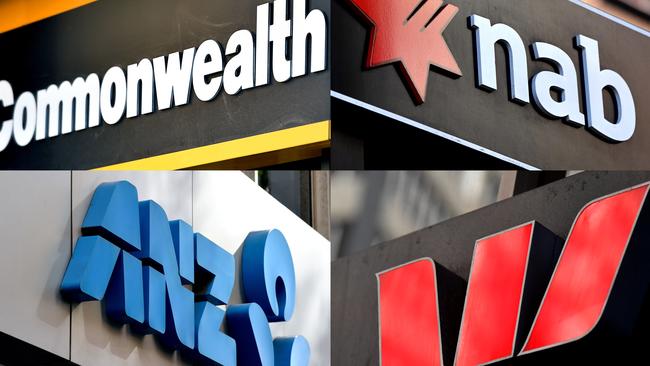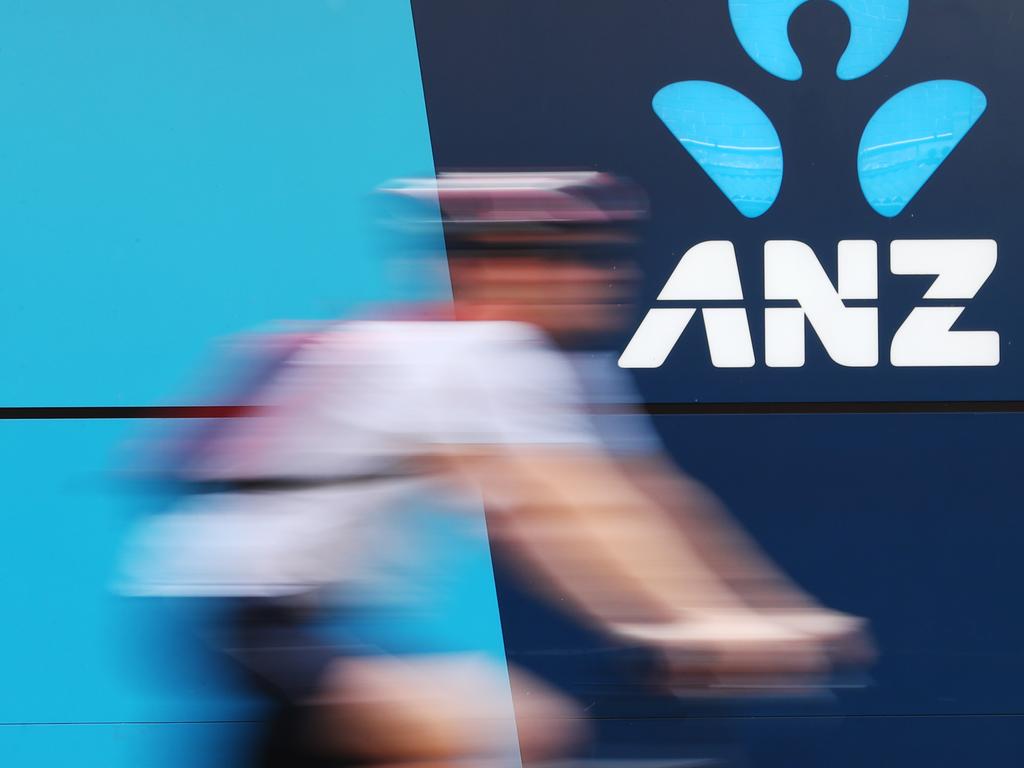Finding value in the minnows: Where are bank shares headed in coronavirus times?
The bank shares bounce is being driven by not so bad news, rather than good news as such.

Bank shares might have staged an impressive recovery from oversold levels, but don’t confuse that with any semblance of investor agreement on where the sector is headed.
The bounce hasn’t been driven by good news as such, but the bad news being not quite as dire as it seemed in March.
The supporting factors include recovering auction rates, some positive updates from the retailers and the incredible mishap that saw the cost of the JobKeeper scheme overestimated by $60bn.
What’s less contentious is that the banks account for 15 per cent of the market cap and their health or otherwise will be a key barometer as to how the broader economy is faring.
Assuming the absence of a bad debt apocalypse, the big banks certainly look cheap. But the smaller banks look even cheaper, which suggests there’s better value at the minnow end, which is more oriented to mortgages than business lending.
On Macquarie Equities data, the big four are trading at 0.8 to 1.7 times the value of their book — ANZ being the cheapest and CBA the most expensive. Excluding the outlier of the CBA, a price to book of 0.9 times is more representative of the other three pillars.
The biggest of the regionals, Bendigo and Adelaide Bank and Bank of Queensland are trading at a mere 0.6 times book value. The story’s the same with the much smaller Mystate and Auswide Bank.
Small cap banking stocks are also trading on lower earnings multiples and higher yields than the big four — although both these metrics are clouded given the uncertainties as to how increased bad debt charges will affect profits and dividends.
The smaller banks’ relatively high exposure to home lending might also be advantageous if the current economic crisis plays out in a similar way to previous ones. That is, lots of corporate red ink, but fewer mortgage defaults as borrowers do everything they can to preserve their castle.
The naysayers argue that the smaller banks are cheap for good reasons: they need to carry more capital to support their loans and do not have the “too big to fail” cachet, which means they have to pay more for their funding.
They also have higher cost-to-income ratios and are perceived to be slower to adopt technology. They are also seen to have a higher reliance on a particular region and are dependent on mortgage brokers to grow outside of their own markets.
The small banks don’t have huge marketing budgets and so are stymied in terms of brand recognition. But what they do in their favour is a better reputation with existing customers.
Tim Boreham edits The New Criterion
tim@independent research.com.au







To join the conversation, please log in. Don't have an account? Register
Join the conversation, you are commenting as Logout